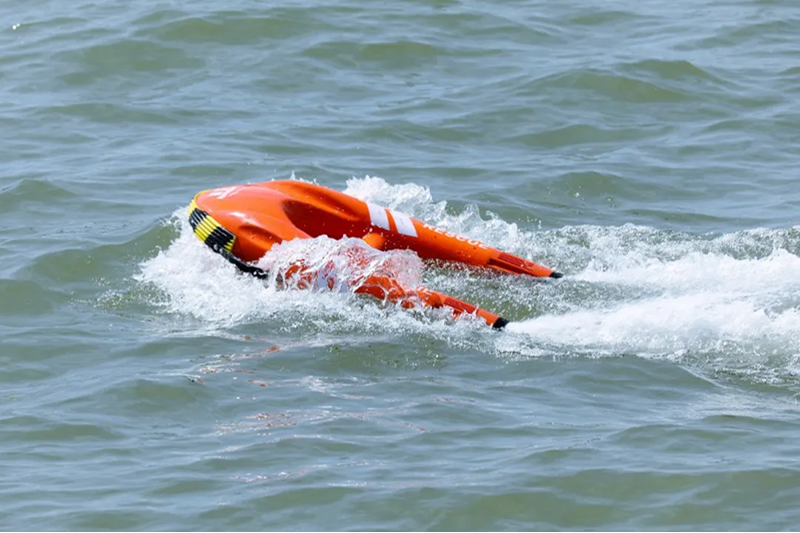Understanding the Dual Role: Rescue Operations and Entertainment Use
The Rise of Electric Jet Boats in Water Sports and Recreational Activities
Electric jet boats are changing how people experience water activities these days. They run quietly and produce no emissions at all, which fits right into the current push for greener options in marine tourism. A recent industry report from 2023 shows just how fast things are moving - sales of electric watercraft jumped around 40% compared to last year. Eco minded folks and thrill seekers alike seem to be driving this trend. The latest models come with really flexible interior spaces. Operators can quickly transform them from regular sightseeing vessels to wakeboarding platforms within just a few minutes. This kind of versatility makes sense given what we're seeing across the board in marine tourism. Most travelers now want experiences that don't disturb wildlife or create noise pollution. About two thirds actually prefer trips that leave minimal environmental impact while still delivering fun adventures on the water.
Balancing Safety-Critical Rescue Functions with Public Engagement and Entertainment
Electric systems that make recreational boating better also bring some serious benefits to emergency situations. Without needing to store fuel, these electric jet boats cut down on spill risks and eliminate combustion dangers something that matters a lot when lives are at stake. The instant power they provide means these boats can speed up quickly, which is really important when trying to reach people stuck in flooded areas or out in remote locations. Many newer models come equipped with backup batteries and tough marine drives that have been put through rigorous testing for water exposure and impacts. Plus, since they run so quietly, rescue organizations find them useful for two different purposes. During the day, coast guard teams patrol with them, but at night, some of these same boats take part in community activities like guided wildlife watching trips where keeping noise levels down helps maintain both visitor interest and protects local ecosystems from disturbance.
Performance and Maneuverability in Real-World Conditions
Acceleration, Top Speed, and Handling Capabilities in Rough or Dynamic Waters
Electric jet boats today can blast from 0 to 60 km/h in less than four seconds thanks to that immediate torque punch which gives them a serious edge over traditional gas powered boats. These machines keep going strong too, holding around 85% of their maximum speed (usually between 95 and 110 km/h) even when facing waves as tall as 1.5 meters. The real magic happens with smart thrust vectoring technology that tweaks those nozzle angles at lightning fast speeds up to 200 times every second. This helps cut down on cavitation problems during sharp turns at high speeds and keeps things steady when the water gets rough and choppy.
Electric vs. Combustion-Powered Jet Boats: A Practical Performance Comparison
| Metric |
Electric Jet Boats |
Combustion Jet Boats |
| Full-throttle response |
0.2 seconds (direct torque) |
1.1 seconds (turbo lag) |
| Low-speed maneuverability |
40% tighter turning radius |
Limited by propeller drag |
| Operational noise |
68 dB (conversation-friendly) |
98 dB (hearing protection required) |
Impact of Battery Weight Distribution on Stability and Agility
Centralized battery placement lowers the center of gravity by 22% compared to traditional stern-mounted fuel tanks, reducing roll by up to 15° in strong lateral currents. Hydrodynamic modeling from the 2023 Maritime Battery Study shows this optimized weight distribution improves pitch stability by 30% when navigating rapids or tidal zones.
Case Study: Electric Jet Boats in Search-and-Rescue Missions
In the middle of the 2023 Mediterranean migrant crisis, eight electric jet boats carried out around 139 rescue missions at night. The fact that these boats run silently made all the difference because it kept human traffickers from knowing when help was coming. Even though crews used bright searchlights, thermal cameras, and winches constantly during those grueling six hour patrols, most of the boats still had about 92% charge left in their batteries. That kind of endurance shows just how well they performed even when pushed hard for extended periods.
Addressing the Range-Versus-Torque Tradeoff in High-Demand Scenarios
Advanced battery management systems dynamically allocate power, prioritizing high-torque output during rescue maneuvers while conserving energy during transit. This intelligent allocation extends operational range by 19% without sacrificing the 10-second sprint capability crucial for rapid interventions—a balance validated by recent research into marine performance optimization.
Safety and Reliability of Electric Propulsion in Critical Missions
Electric jet boats get rid of those dangerous fuel tanks and all the fire risks that come with burning fuel, which makes them much safer for rescue work. According to the Marine Safety Report from last year, about one out of every four boat fires starts because of fuel vapors igniting something nearby. That's a problem electric boats just don't have. These systems need to pass pretty tough tests too. They have to resist saltwater damage (they need at least an IP68 rating), prevent batteries from overheating uncontrollably, and include backup power paths in case something goes wrong. The boats also come with fail-safes like separate battery compartments and switches that cut off power automatically if there's trouble. A recent study published in the Naval Engineering Journal showed that boats with double backup systems stayed operational 99.96% of the time during patrols along the coast. People who actually operate these things report running into mechanical problems only 40% as often as they did with old diesel engines. And let's not forget the quiet operation factor either. Rescue teams can find people in the dark 58% faster when they're not drowning out sounds with engine noise, according to Coast Guard data from 2023. Plus, no exhaust fumes means better air quality, which is becoming increasingly important for government agencies looking to upgrade their equipment right now.
Design Innovations Enabling Multi-Use Flexibility
Modular interiors for rapid transition between rescue and recreation modes
Modular design enables reconfiguration in under two minutes: medical supply racks slide into sealed compartments, while foldable spectator seating deploys from recessed channels. A 2023 marine adaptability study found these systems reduce vessel downtime by 67% compared to fixed layouts, making them ideal for agencies balancing emergency readiness with public programming.
Smart navigation, real-time monitoring, and emergency signaling systems
Integrated sensor arrays combine LiDAR bathymetry with inertial measurement units to maintain course stability during aggressive maneuvers. Cloud-connected dashboards display real-time data on battery health and water currents, allowing seamless toggling between rescue coordination interfaces and entertainment lighting controls—all within a single intuitive interface.
Lightweight composite materials improving efficiency and durability
Vacuum-infused carbon-aramid hulls reduce structural weight by 41% compared to aluminum, yet withstand three times the impact load. This strength-to-weight ratio allows electric jet boats to sustain speeds of 18–22 knots even when fully loaded with passengers or emergency equipment, extending operational range by 19% (Marine Engineering Journal 2024).
Ergonomic and mission-specific layout optimization
Control consoles are positioned 72 inches from the bow in rescue configurations for optimal visibility during victim retrieval, while recreational variants center the helm to encourage social interaction. Non-slip diamond plating transitions to teak-style polymer decking via interlocking tiles, offering both safety and comfort across use cases.
Future Outlook: Market Trends and Electrification of Public Watercraft Fleets
Solid-State Batteries and Fast-Charging Infrastructure Advancements
Next-generation solid-state batteries offer 40% higher energy density than current lithium-ion systems, enabling longer missions between charges. Emerging fast-charging infrastructure can restore 80% of battery capacity in under 30 minutes—critical for rescue fleets requiring rapid turnaround.
Autonomous and Remote-Operated Capabilities for Patrol and Rescue
Unmanned electric jet boats equipped with AI-driven obstacle avoidance are being trialed by coast guard units to reduce human risk in flood zones. Early results show autonomous vessels can survey five times more area per mission while streaming live video to command centers.
Regulatory Momentum Toward Zero-Emission Requirements on Inland Waterways
A growing number of jurisdictions are mandating zero-emission propulsion for public service vessels. Currently, 58% of European municipalities require electric powertrains for operations in protected watersheds, with similar legislation advancing in North American lake districts.
Growth Projections for Electric Jet Boats in Tourism and Public Service Sectors
Industry analysis projects a 22.7% compound annual growth rate (CAGR) for electric watercraft through 2030, led by dual-use models in public service. Tourism operators report 35% higher customer satisfaction due to reduced noise and vibration during sightseeing excursions, reinforcing the appeal of electric fleets across sectors.


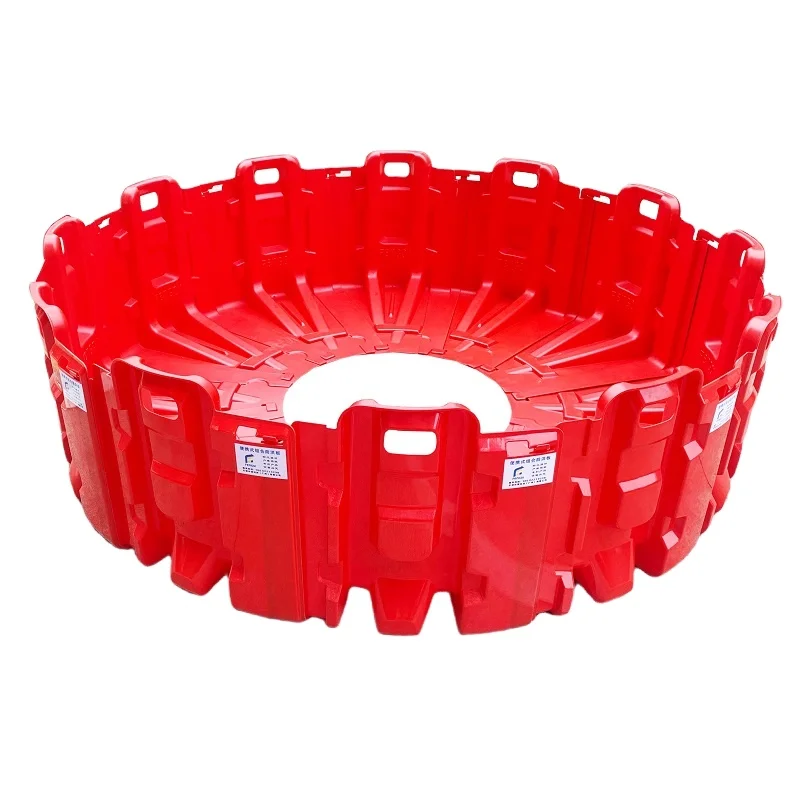
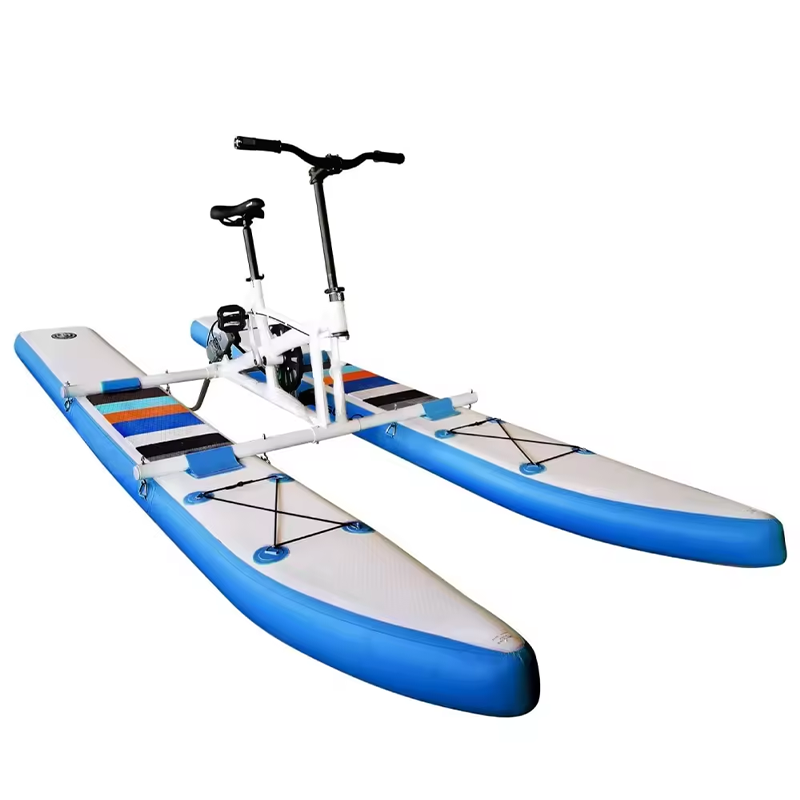
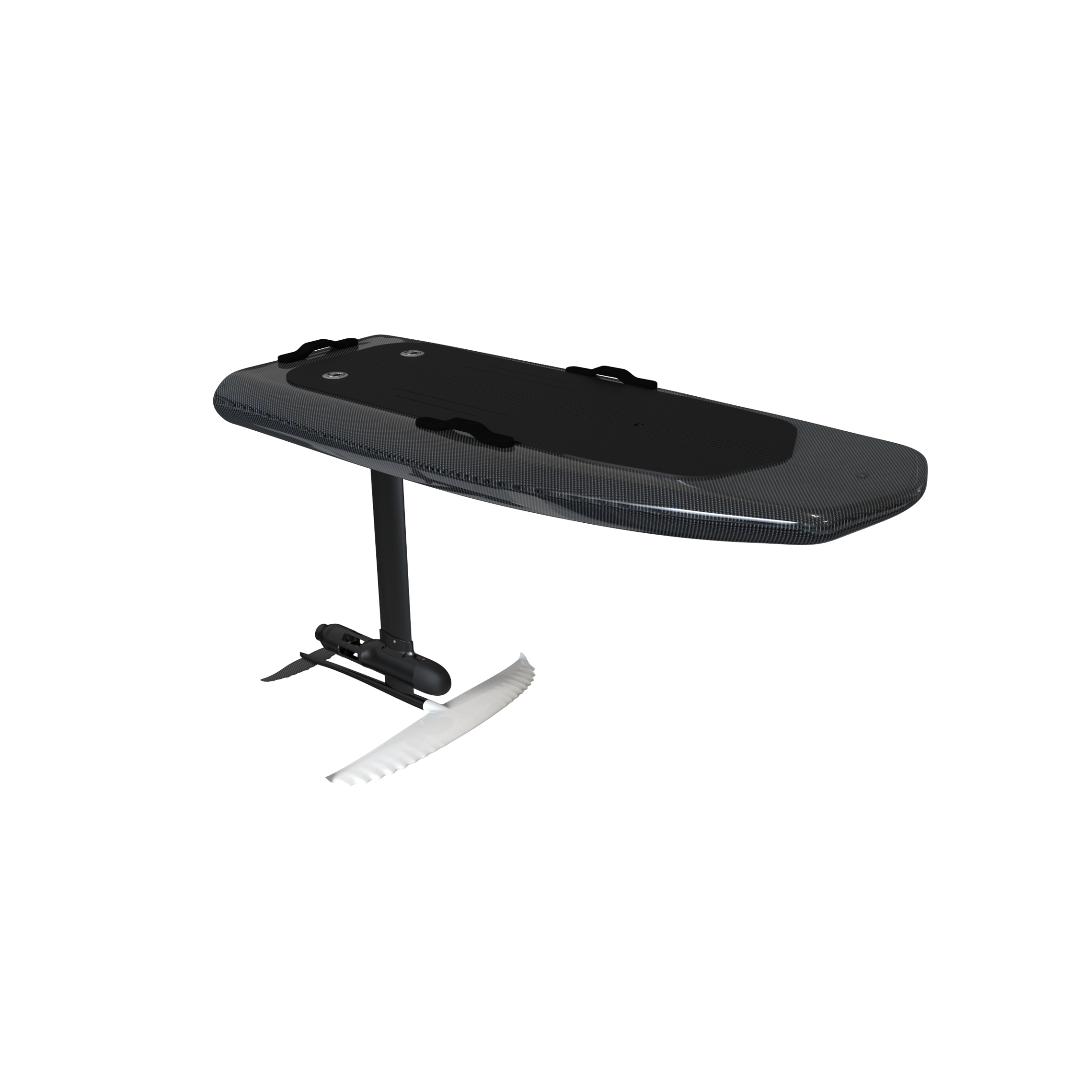
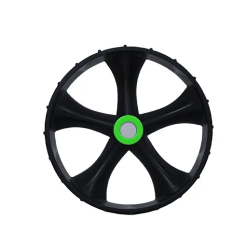
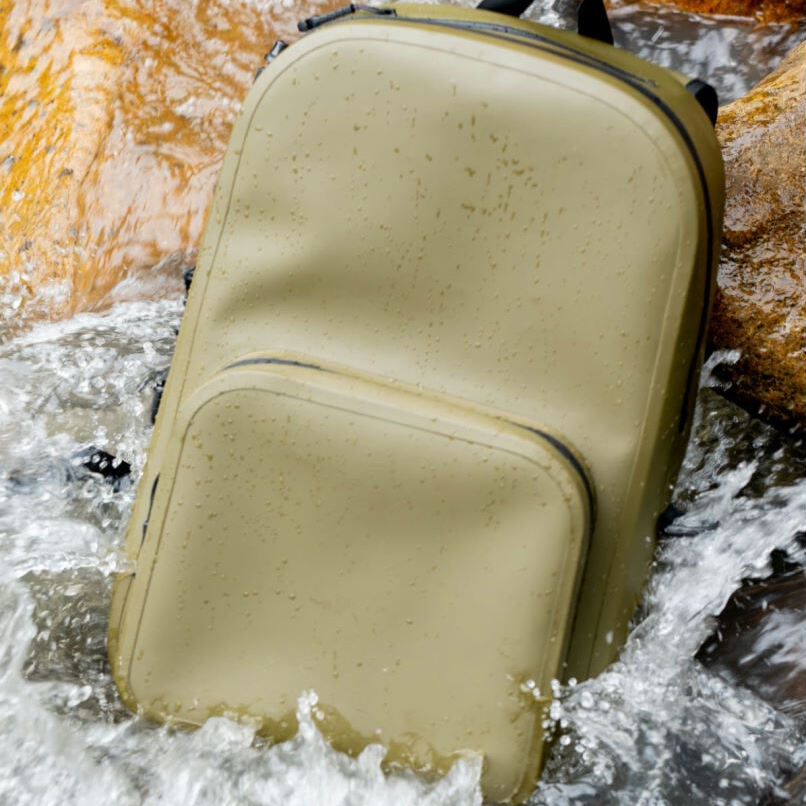

 Hot News
Hot News